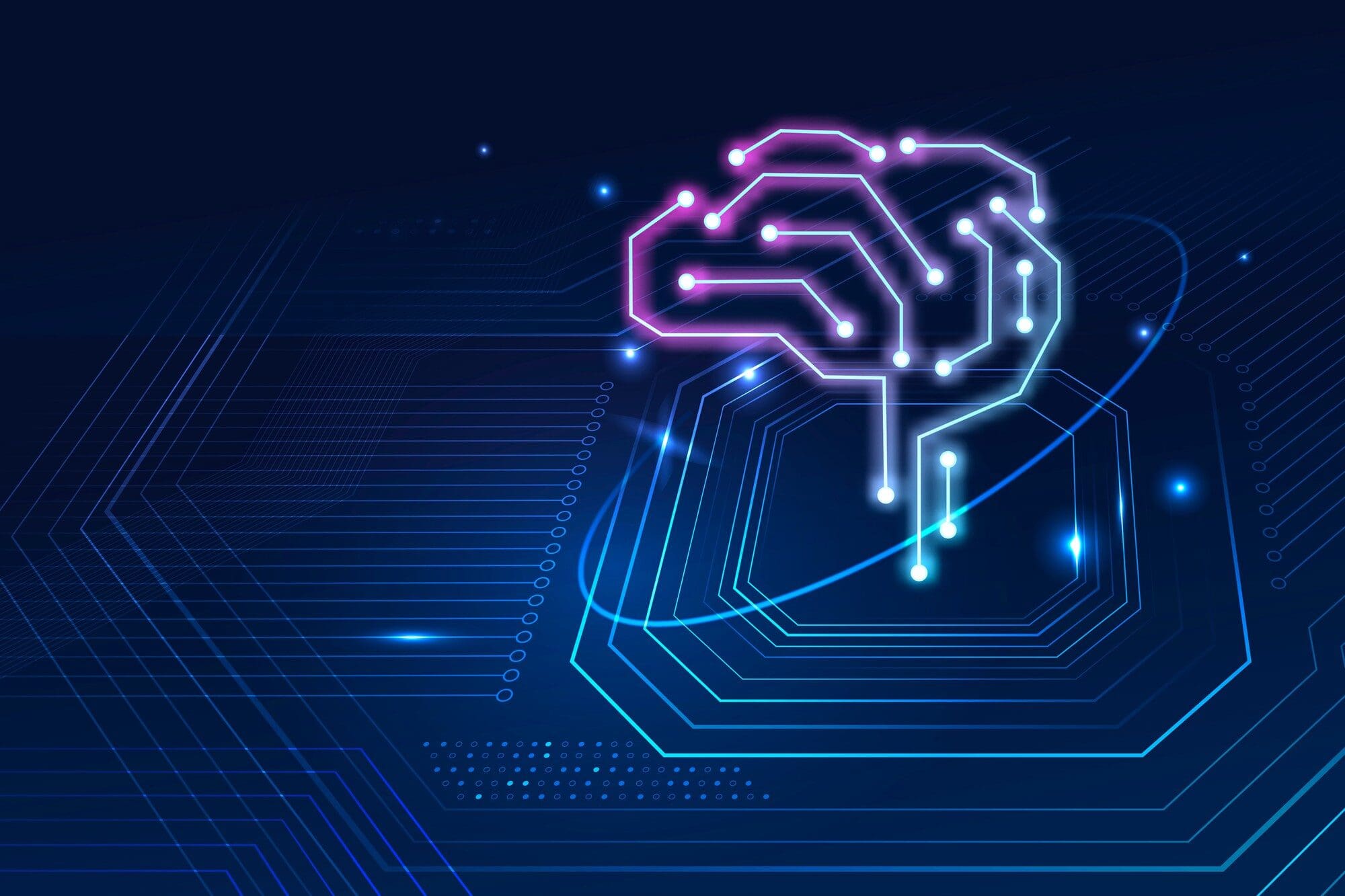Did you know? In the world of artificial intelligence (AI), performance and efficiency are everything. As datasets grow larger and models become increasingly complex, the demand for specialized hardware capable of handling immense computational workloads has skyrocketed. Among the emerging technologies leading this transformation are Artisyn AI Accelerators, which are redefining how machine learning systems are built, trained, and deployed.
The Rising Need for AI Acceleration
Machine learning models, especially deep learning architectures, require vast amounts of data and computational power to operate effectively. Traditional CPUs, while versatile, are not optimized for the parallel processing demands of AI workloads. GPUs offered a significant leap forward by allowing multiple computations to occur simultaneously, but even these face limitations as models expand into the hundreds of billions of parameters.
AI accelerators have emerged to address these challenges by offering hardware specifically designed for the mathematical operations that underpin machine learning—such as matrix multiplications, tensor transformations, and gradient calculations. These accelerators not only speed up computations but also reduce energy consumption and enhance scalability for real-world applications.
What Makes Artisyn AI Accelerators Different
Artisyn’s technology stands out because it is purpose-built to handle AI workloads across diverse environments—from edge computing devices to massive cloud infrastructures. Unlike conventional processors that handle a wide range of general tasks, Artisyn AI Accelerators focus on maximizing throughput for deep learning operations while maintaining impressive power efficiency.
Key innovations that distinguish Artisyn’s approach include:
- Custom AI Architecture – Artisyn has developed a proprietary architecture optimized for tensor-based operations, enabling faster training and inference cycles.
- Low Latency Design – By minimizing data transfer bottlenecks between processing cores and memory, these accelerators deliver real-time performance critical for applications like autonomous vehicles and industrial automation.
- Adaptive Workload Management – The system can intelligently allocate resources depending on the complexity of the task, ensuring that both small and large-scale AI models run efficiently.
- Energy Efficiency – Artisyn has implemented advanced cooling and power management systems that significantly reduce heat generation, cutting energy consumption without sacrificing performance.
Transforming Machine Learning Across Industries
The impact of Artisyn’s technology extends far beyond just speed improvements. It’s reshaping how entire industries approach AI-driven innovation.
1. Healthcare and Medical Research
AI accelerators are helping researchers process enormous medical datasets—such as imaging scans and genomic sequences—faster than ever before. This acceleration leads to earlier disease detection, improved diagnostics, and the development of personalized treatment plans.
2. Autonomous Vehicles
Self-driving cars rely on real-time data from multiple sensors and cameras. The low-latency processing capabilities of Artisyn hardware ensure that these vehicles can analyze their surroundings and make split-second decisions with high accuracy.
3. Finance and Risk Analysis
In the financial sector, machine learning models assess risk, detect fraud, and predict market behavior. Artisyn’s accelerators enable banks and investment firms to run more complex simulations with reduced processing time, enhancing decision-making accuracy.
4. Manufacturing and Robotics
Industrial automation relies on machine learning for predictive maintenance and quality control. With faster inference times, manufacturers can detect defects instantly, reducing waste and improving overall efficiency.
Accelerating AI at the Edge
One of the most exciting aspects of Artisyn’s innovation is its focus on edge AI—bringing advanced computation closer to where data is generated. Traditional AI systems rely heavily on cloud infrastructure, but this approach introduces latency and data privacy challenges.
By integrating Artisyn’s hardware directly into edge devices, businesses can achieve faster response times and greater autonomy. For example, smart cameras can perform object detection locally, and IoT sensors can analyze environmental data in real-time without needing to transmit information to remote servers.
This decentralized approach not only reduces bandwidth costs but also enhances data security—an essential factor for industries handling sensitive information.
Bridging the Gap Between Research and Real-World Applications
Another key advantage of Artisyn’s technology lies in its ability to bridge the gap between academic research and industrial deployment. Many cutting-edge AI models developed in research labs face performance bottlenecks when scaled up for real-world use.
By providing high-performance, energy-efficient computing solutions, Artisyn enables organizations to train and deploy state-of-the-art models faster and more affordably. Whether it’s natural language processing, computer vision, or reinforcement learning, developers can achieve higher accuracy rates without being constrained by hardware limitations.
A Step Toward Sustainable AI
The growing energy demands of large-scale AI models have sparked concerns about sustainability. Training a single deep learning model can consume as much energy as several households use in a year. Artisyn’s commitment to energy-efficient designs directly addresses this challenge.
By reducing the power requirements for training and inference, Artisyn technology contributes to a more sustainable AI ecosystem. This focus on green computing aligns with the global push toward reducing the environmental footprint of data centers and high-performance computing facilities.
The Future of AI Hardware
The evolution of AI hardware mirrors the broader progression of the AI field itself. As models become more intelligent, they also become more computationally intensive. The next generation of hardware must balance three critical factors—speed, scalability, and sustainability.
Artisyn’s approach represents a blueprint for the future: a blend of hardware and software co-design, adaptive learning capabilities, and seamless integration across cloud and edge environments. These advancements will not only accelerate the development of smarter algorithms but also make AI more accessible to a wider range of organizations.
Conclusion
The future of artificial intelligence depends on more than just smarter algorithms—it requires faster, more efficient, and sustainable computing power. Artisyn AI Accelerators are at the forefront of this technological revolution, enabling industries to push the boundaries of what’s possible in machine learning. By combining high performance with energy efficiency and scalability, Artisyn is paving the way for a new era of intelligent systems capable of transforming how the world processes and interprets data.
In the coming years, as AI continues to shape our digital landscape, innovations like those from Artisyn will determine not only how quickly machines learn—but how responsibly and efficiently they do so.


Leave a Reply